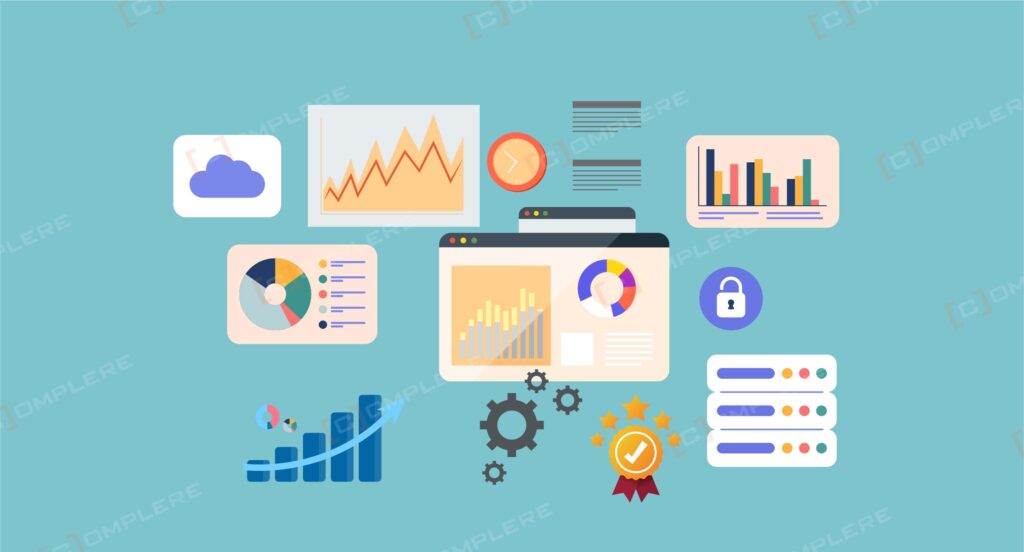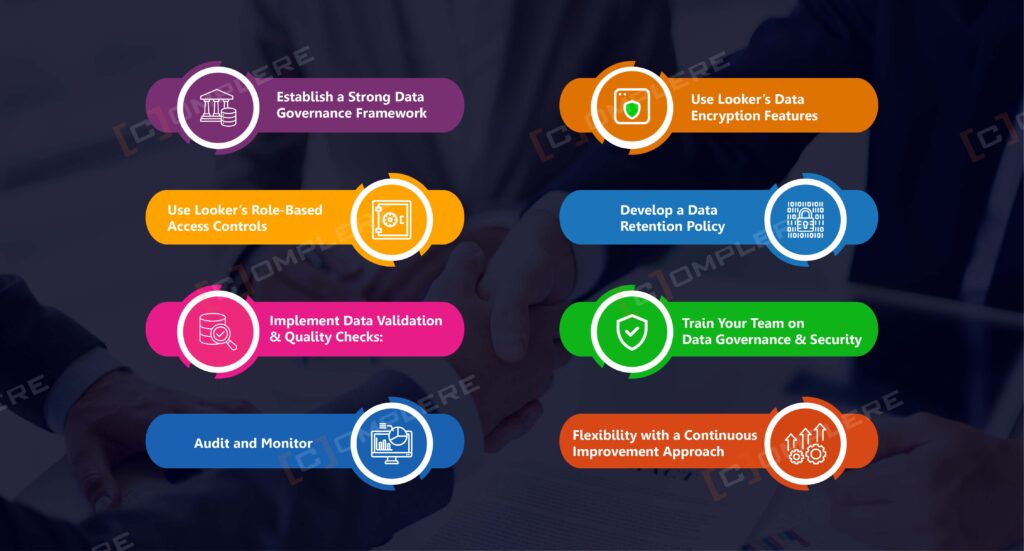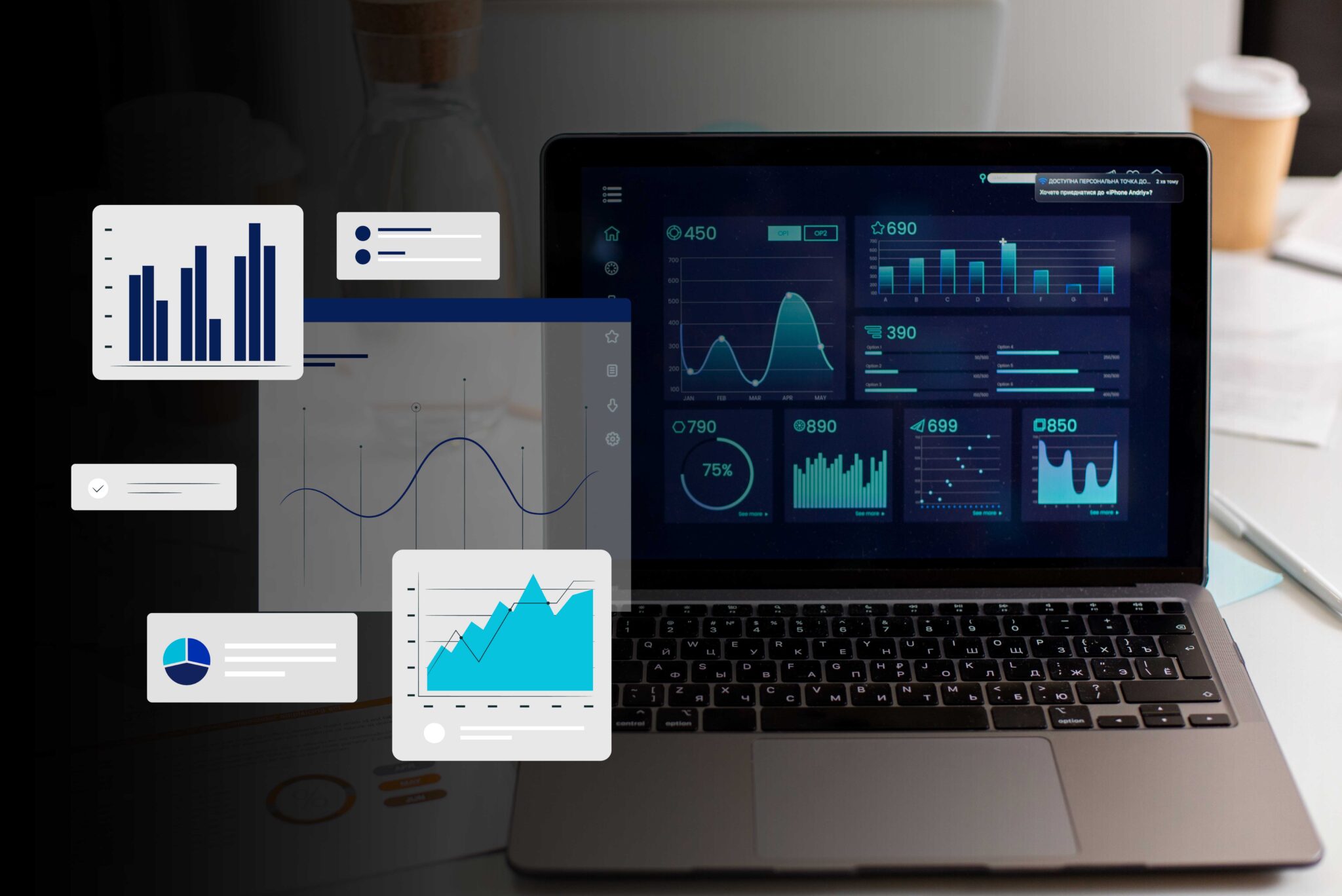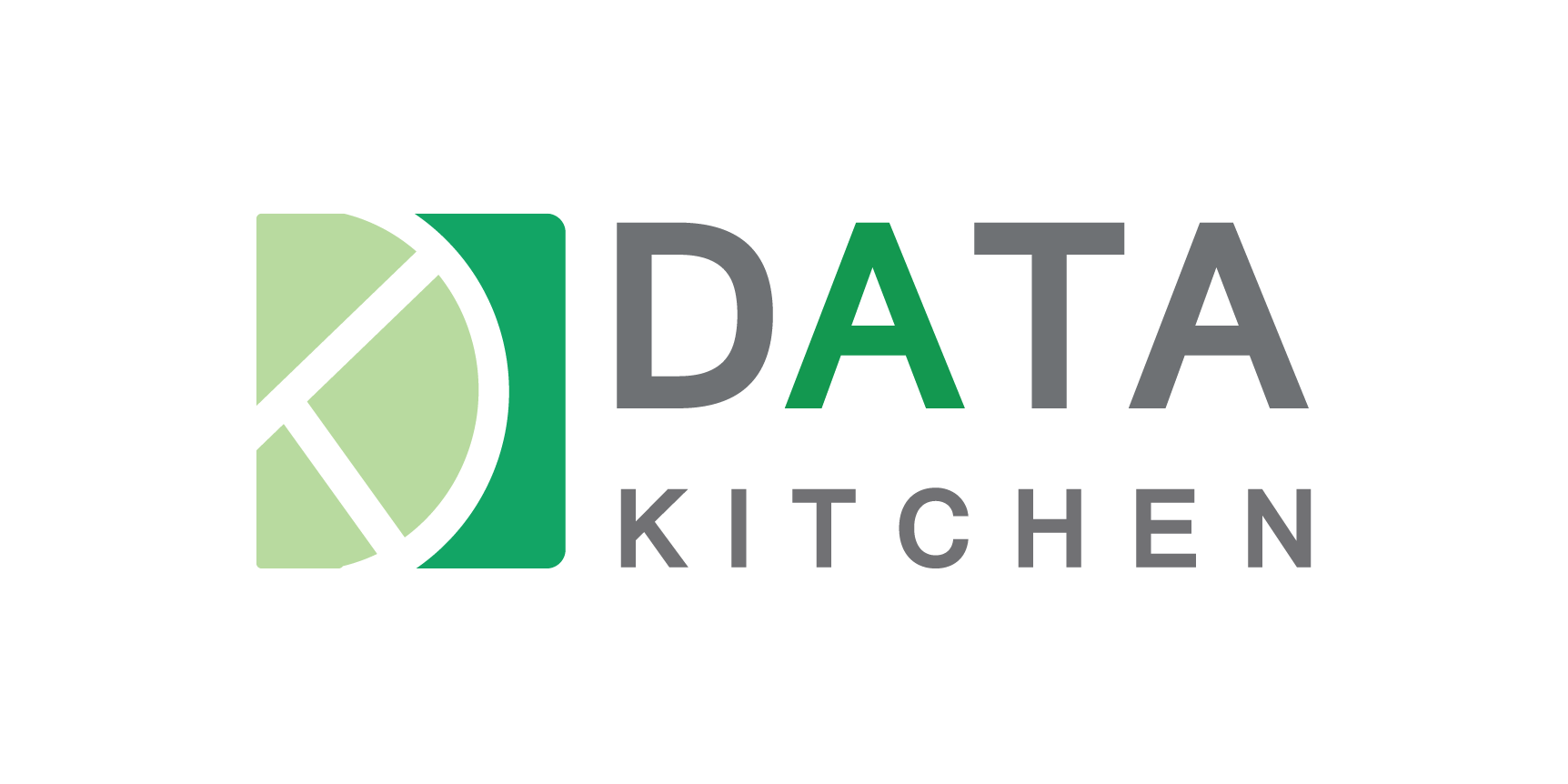Introduction
In this digitally advanced business world, data is the base to achieve business intelligence. Implementing technologically advanced data governance and security is necessary to apply the rules of data governance and security by ensuring data integrity, availability, and confidentiality. Some effective data governance tools can help you with this. Data governance software is also known for efficient solutions and top-class data security and compliance. But how do you achieve this in practice, especially with a Looker- a data governance tool? There is no doubt that Looker is a powerful data governance tool, but using it includes complexities. There is nothing to worry about as there are some easy but effective practices that can make this complex task easy and successful. Before discussing those practices, it would be better to understand what data governance and security are and why they are important.
What is Data Governance and Security and Why is it Important?
Data governance includes the policies, standards, and procedures that organizations implement to manage their data effectively. It is about having a clear vision of data quality, compliance, and management practices. Along with security, it ensures that your sensitive information is protected against unauthorized access. Data governance and security provide a framework that helps businesses make informed decisions, comply with regulations, and maintain their reputation by safeguarding their confidential customer data. You must know these five critical reasons why data governance and security are important for any organization:
1. Improved Decision-Making
Data governance helps businesses with better decision-making by ensuring that high-quality and reliable data is available to stakeholders at the right time. This reliability allows you for more accurate analysis and forecasting. It directly impacts your strategic planning and operational efficiency.
2. Regulatory Compliance
With the increasing strictness for data protection laws and regulations worldwide, such as GDPR in Europe and CCPA in California, adhering to legal requirements is now more important than ever. Data governance and security frameworks ensure that organizations comply with these regulations, thereby avoiding heavy fines and legal penalties, charges, and loss of reputation.
3. Improved Data Quality
Effective data governance strategies provide improvement of data quality across the organization. By implementing clear policies and procedures for data management, organizations can ensure that the data they use, and store is accurate, consistent, and reliable. This directly impacts operational effectiveness and reduces the risk of mistakes in your decision-making processes.

4. Risk Management
Data breaches and security threats are a common and big concern for businesses. Implementing technologically advanced data governance and security measures significantly eliminates these risks by ensuring that your sensitive information is protected through encryption, access controls, and other security protocols. This active approach to risk management helps in maintaining customer trust, confidence, and market reputation. Preparing a strong data governance strategy can help you with the best results with the Looker.
5. Operational Efficiency
Data governance simplifies your data management practices across the organization. By removing redundancies and creating standardized processes for data handling, organizations can achieve better efficiency. This not only saves time and resources but also ensures that data across your different departments is consistent, increasing collaboration and productivity.
Data governance and security are very important in today’s data-driven business world. They provide the framework for managing data effectively by ensuring compliance with regulations, improving data quality, managing risks, preparing a data governance strategy, and increasing operational efficiency. As organizations continue to identify and solve the complexities, the importance of technologically advanced data governance and security practices cannot be ignored.
Top 8 Best Practices with Looker for Data Governance and Security

1. Establish a Strong Data Governance Framework
At the first practice, you need to begin by setting up a solid base with a data governance framework. Make sure that the framework you are setting aligns with your business objectives. Define clear roles, responsibilities, and data standards to ensure consistency across the board.
2. Use Looker’s Role-Based Access Controls
In the second practice take advantage of Looker’s RBAC to define who has access to what data. Customizing access based on roles ensures that your sensitive information is only visible to authorized personnel, reducing the risk of data breaches.
3. Implement Data Validation and Quality Checks
Make sure that your data is accurate and reliable by setting up validation rules and quality checks within Looker. Consistent data quality is very important for making trustworthy and information–based business decisions.
4. Audit and Monitor Data Usage
Regularly audit data usage and access logs to monitor for any unusual activities or compliance breaches. Looker’s built-in audit capabilities not only surprise you but also can help you to keep a close eye on your data landscape.
5. Use Looker’s Data Encryption Features
Protect your data both at rest and in transit by implementing encryption features. Encrypting data ensures that even if access is compromised, your information remains secure.
6. Develop a Data Retention Policy
Define how long data should be retained and establish mechanisms within Looker to automate data processing according to your policy. This not only helps with compliance but also with managing your data storage costs.
7. Train Your Team on Data Governance and Security

Build a culture of data responsibility by providing regular training on data governance and security practices to your team. Empowering your team with knowledge is a big defense against data mishandling.
8. Flexibility with a Continuous Improvement Approach
Data governance and security are not set-and-forget tasks type things. Adopt a continuous improvement mindset to adapt to changing data regulations, technological advances, and your business requirements.
Looker offers a great platform to implement effective data governance and security practices. By following these top 8 best practices, organizations can not only safeguard their data but also approach its full advantages for informed decision-making. Make sure that the goal of data governance and security is not just about compliance; it is about maintaining trust and value from your most valuable data.
Conclusion:
Identifying the complexities of data governance and security is a difficult process, but with Looker, it is within your reach. By implementing these 8 best practices, you can ensure your data not only remains secure but also becomes a resource for growth and innovation. Use Looker’s capabilities to improve your approach to data governance.





























